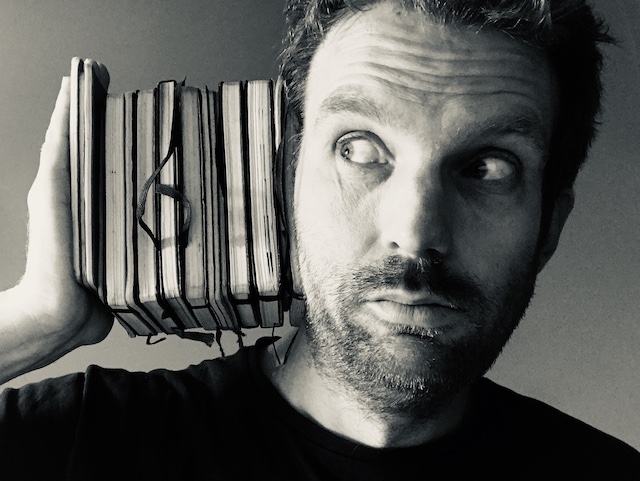Yesterday I wrote about the inputs you might gather at the start of a creative project. These are what I call inputs in the moment. But there is a different sort input that is only available to you if you put in the work to gather them. I call these creative inputs over time.
The good news is that our brains automatically gather inputs from the world in which we inhabit. Autosave is on. But, from looking at how artists work, I see that in order to make to make the most of these inputs we need to be a little more disciplined about what we go and gather and how we organise it.
Diversity of inputs
Throughout history, trading posts have been centres of innovation because they have been places where diverse cultures have met. According to Csikszentmihalyi (see ref below), cultures are collections of ideas that already exist, which represent domains of input to the creative process. The greater the diversity of cultural inputs the greater the range of possibilities in the creative process.
If you want to increase the range of creative possibilities then you should consider diversifying the domain of inputs you are gathering over time. The most obvious way to do this is to consider who you spend your time talking to and learning from. If all of your inputs come from people who look like you, with the same level of privilege, with the same cultural heritage then you should consider diversifying those inputs.
A practice of gathering
It is not enough on its own to just observe these inputs. An artist will gather together and organise these inputs. Whether in the form of a sketch book, a Pinterest board, pictures stuck on the wall or a literature review. I think it is this processing and organising time that really primes us to assimilate these inputs into our creative process. It should become a practice of gathering.
So, to build your creative abilities you need to develop a practice of gathering and organising diverse inputs. My top five types of inputs to gather are:
- Conversations with people – go and talk – and listen! – to a diverse range of people and pay attention to what they say.
- Outside interests – the combination of things that interest you outside your day job are unique to you. No one else has this specific range of interests. Bring it in to the creative process.
- Example projects – As you find good reference projects, keep a record of them.
- Preferences for how you work – constraints that you bring in to your work are part of the creative process itself. Developing an understanding of these constraints is something you do over time
- Your professional palette – I shall much more to say on this one – in whatever domain you work in, gather examples of the standard examples of ways to do something. It’s the equivalent of the landscape painter gathering and mix their colours before they go out and paint.
Over the next few posts I will be building on these techniques for filling the Kalideascope, both in the moment and over time.
For more on cultural inputs to creativity, see Csikszentmihalyi, M. (1999). Implications of a systems perspective for the study of creativity. In R. J. Sternberg (Ed.), Handbook of Creativity (12th ed.). Cambridge University Press.


Leave a Reply